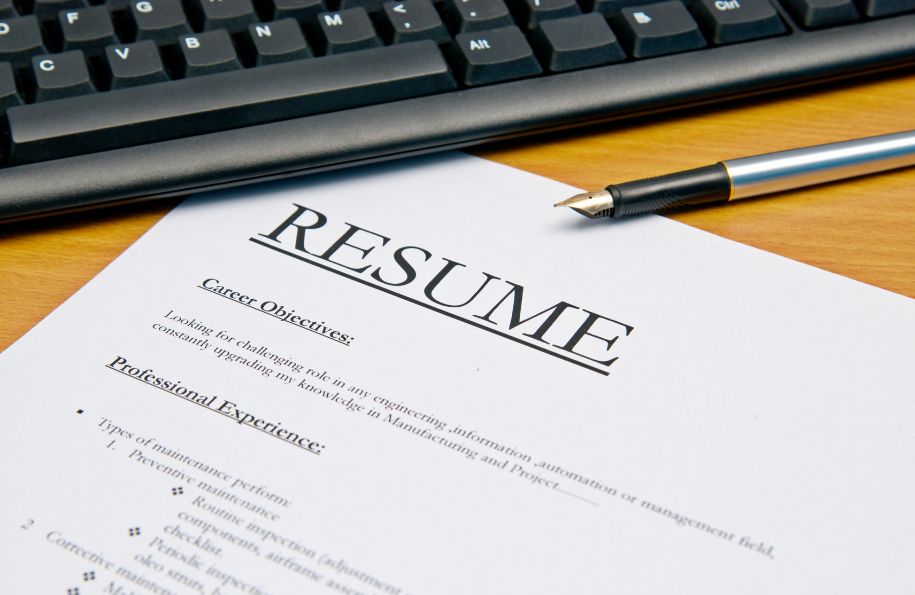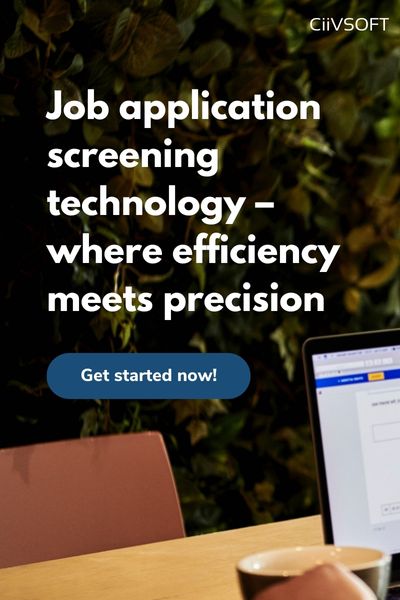When it comes to hiring a new employee, one of the most important documents used in the process is a job description. A good job description serves as a valuable reference point for both candidates and employers in the recruitment and onboarding process.
Before we go any further, I want to just clarify that this article is about job descriptions and not job adverts!
A job description is used to inform potential candidates of the role and its requirements. It’s also a key, internal document for recruiters and HR teams to refer to throughout the recruiting process.
No matter your company size or if you’re suffering a heavy workload, investing the time in creating a well-formed job description can reap many rewards as you navigate through the hiring and onboarding process.
So what makes a good job description?
A well-written, clear, plain-language text piece that accurately portrays the role and produces an overall better understanding of the position. The overall aim should be to provide candidates, (and employees) with a very clear picture of the position, where it fits within the business and the key requirements and expectations of the role.
Benefits of a well-written job description
Job descriptions are a chance to lay down expectations and ensure both you (as the employer) and the candidate have clarity on the day-to-day requirements of the role and to avoid any misunderstandings. They’re also incredibly useful as:
- A key reference point for hiring as well as onboarding and later employee management
- A way to provide structure for measuring employee performance
- Manage salary expectations and enable fair pay scales
How to create a job description
Nail the details:
The “devil is in the detail” as they say and it’s particularly relevant here. A good job description should include all the details of the role’s responsibilities; as well as information on where they will fit into the existing team and any details of the key skills and education you’d like them to have.

Here are 5 key areas to include within the job description:
1. Job title
To find the perfect job title you’ll need to do a little research. Look into the market and see what this kind of role is being called. Including non-traditional job titles, or worse still, being over-creative is not going to help anyone. Imagine where you’d put “Happiness Rockstar” in your organisation chart. Creative job titles can you’re your organisation stand out from the crowd but if you’re going to follow that path you should save it for your job advertising strategy. Try to select a title that will make sense to an employee and the rest of your business in the long term. Keep the job title as focused as possible and ensure your title provides a clear indication of what the job involves and where it fits in your company.
2. Job purpose
Prove a high-level overview of the role with a short summary of the general responsibilities and the overall focus of the team or department in which the position sits.
3. Position level
How will the candidate or employee fit within the potential team and overall business? Describe the position level and determine who the future employee will be reporting to or who and how many people they’ll be responsible for managing etc.
4. Role responsibilities
Arguably the most important section within the job description. The best way to write the role responsibilities is to take out all the fluff. What I mean by this is to remove filler words that could take up valuable space. Also, make sure you leave out internal company jargon or acronyms. Remember, the job description should provide clear, easy-to-understand information. Employees within your company may have learned all the jargon you use but candidates in the recruitment process can’t be expected to understand all your acronyms. Concisely describe the duties of the role with enough detail for the candidate to gain a better understanding of what they must do to be successful.
If you get this section right, it’s possible to use it in employment contracts to create a uniform and consistent understanding of the position.
5. Job qualifications
Once you’ve got the responsibilities nailed, you need to work out what skills and experience are really relevant for the role. Take some time out to consider what the candidate needs to have to be able to do the role both now and in the future. If you list everything on the job description, once you start speaking with candidates it will be easier to crosscheck them with the job description to see how suitable they are.
Qualifications can be divided into different areas:
- Work experience
- Length of experience
- Past job titles
- Education
- Certifications
- Technical skills
- Soft skills
Once you’ve determined these qualifications it’s useful to divide them into two different categories, ‘must haves’ and ‘nice to haves’. You can then determine which skills are a top priority and a non-negotiable whereas others maybe not be as important but still beneficial to the role.
What to avoid in a job description
1. Unrealistic job requirements
If your requirements are just too strict you will discourage candidates and very likely employees!
2. Broad description
In contrast to the strict requirements, a generic and very vague job description makes the document worthless. A vague job description creates ambiguity and little to no understanding of the role. This will cause problems in the recruitment process and add no value as a reference for employees in the role.
3. Discriminatory language
Any reference to the desired candidates, age, gender, race, religion or other personal attributes is of course not acceptable in a job description. Candidates are protected by the Equality Act 2010 which makes it unlawful for employers to take into account these factors when recruiting.

Questions to ask yourself
With this in mind, here are 3 key questions you need to ask yourself when creating a job description.
Where will they fit into the team?
One key aspect to consider is where the employee will fit into the existing team. By doing this you can hopefully work out the goals you want to achieve within the team, the salary band (based on existing employees) and understand how much responsibility they will have within the team.
What responsibilities will they have?
Following on from earlier… let’s just reiterate how important responsibilities are within the job description. It’s definitely worthwhile listing every responsibility you would like an employee to have and, in the future, you can use this as a good reference point when screening job applications as well as when you do find the right candidate and need to talk them through exactly what is expected of them.
What extras could make a candidate stand out from the rest?
The last thing to consider is what would make the ‘perfect’ candidate. Compile together a list of additional extras like a specific qualification, relevant working industry knowledge or soft skills that you believe are important for the role. These can be niche areas which can be compiled together in a ‘desirables’ list that are needed to keep an eye out for on applications as well as in later hiring stages.
Summary
The purpose of a job description is to ‘describe’ the job the employee will be doing in a clear and detailed way. The job description acts as a communication tool to current and potential employees about what is expected of them.
So there you go! A few simple things to consider when it comes to creating your next job description. Do you think I’ve missed something? Feel free to leave a comment below…








